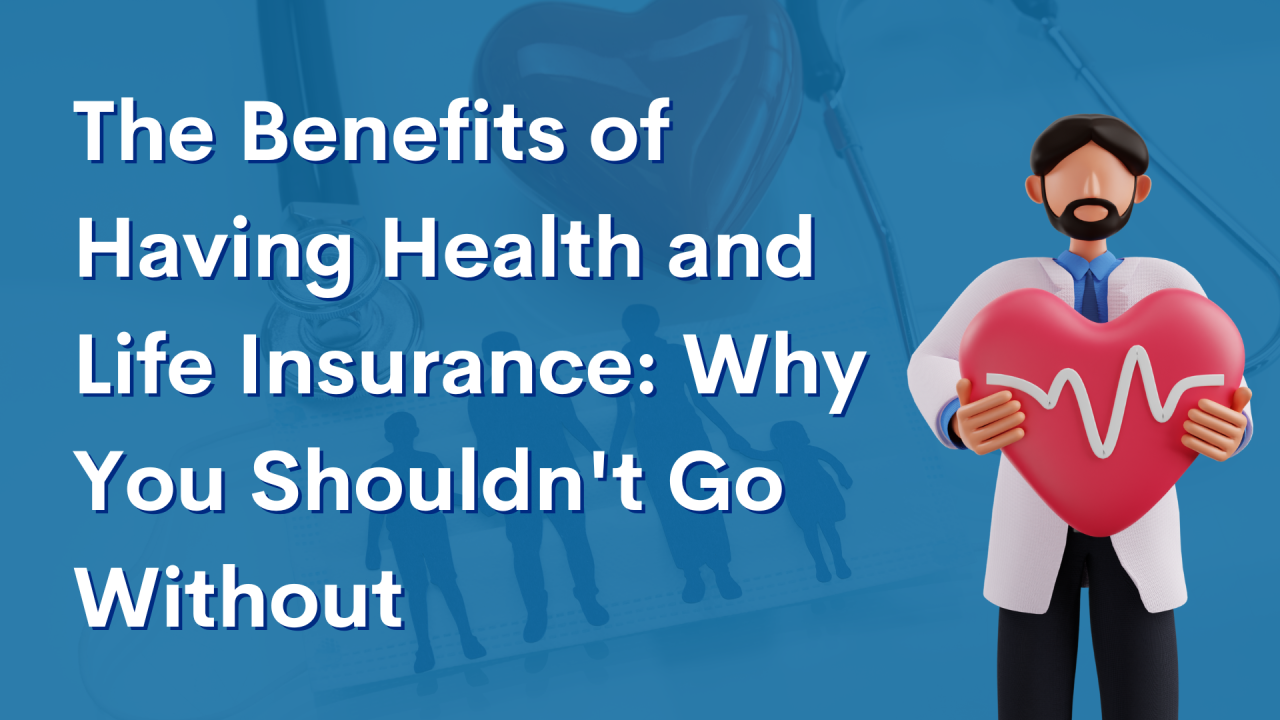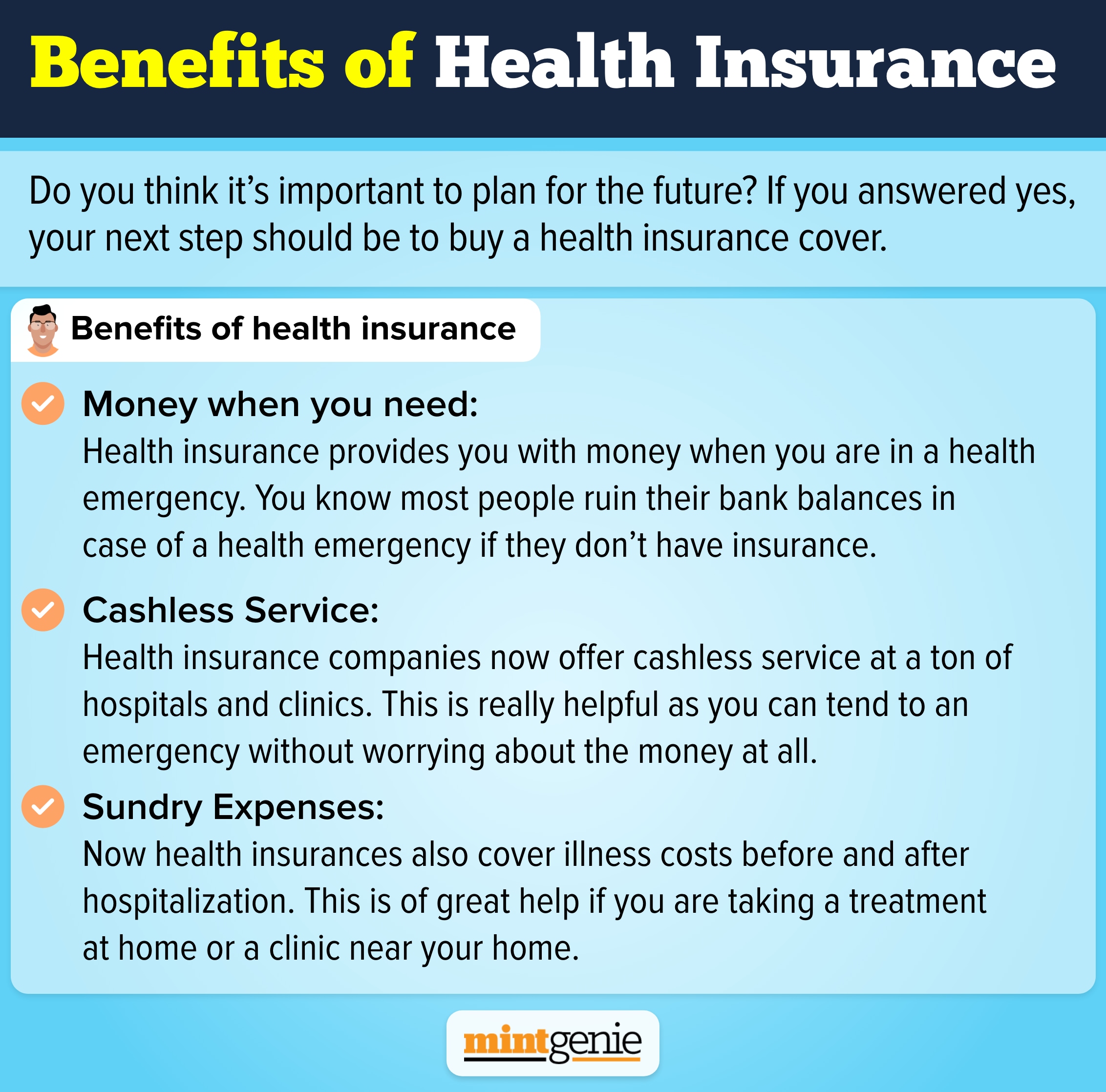The Ultimate Guide To Medicare Advantage Agent
The Ultimate Guide To Medicare Advantage Agent
Blog Article
The Definitive Guide for Medicare Advantage Agent
Table of ContentsThe Only Guide to Medicare Advantage AgentAll about Medicare Advantage AgentThe Single Strategy To Use For Medicare Advantage Agent

follows from confusing the relatively young age account of the without insurance with the better health, usually, of more youthful persons. This covers the link between wellness status and medical insurance. For those without accessibility to work environment health insurance coverage, bad health and wellness is a prospective obstacle to buying nongroup insurance coverage since such insurance coverage might be very priced, exclude preexisting problems, or be merely not available. The variety of without insurance Americans is not particularly large and has not altered recently. 7 out of 10 participants in an across the country depictive survey believed that less Americans did not have medical insurance than actually do(Fronstin, 1998). Roughly fifty percent(47 percent )thought that the variety of individuals without medical insurance decreased or stayed consistent over the latter fifty percent of the last years(Blendon et al., 1999). This drop of virtually 2 million in the variety of people 'without insurance coverage (a reduction
of about 4 percent)is definitely a favorable modification. With a softer economy in 2000 the most up to date reported gains in insurance coverage might not continue(Fronstin, 2001 ). The decrease in the variety of without insurance will not continue if the economy remains slow-moving and health and wellness care prices remain to outmatch rising cost of living. This is due to the fact that the information were accumulated for a duration of strong financial efficiency. Of the approximated 42 million individuals that were uninsured, just about concerning 420,000(concerning 1 percent)were under 65 years old, the age at which most Americans end up being qualified for Medicare; 32 million were grownups in between ages 18 and 65, around 19 percent of all grownups in this age; and 10 million were kids under 18 years of age, regarding 13.9 percent of all children (Mills, 2000). These estimates of the number of individuals uninsured are created from the yearly March Supplement to the Present Population Study (CPS), carried out by the Census Bureau. Unless otherwise kept in mind, national estimates of people without medical insurance and percentages of the population with various sort of protection are based on the CPS, one of the most commonly made use of resource of estimates of insurance protection and uninsurance prices. These studies and the quotes they yield are defined briefly in Table B. 1 in Appendix B - Medicare Advantage Agent. These surveys vary in size and tasting methods, the questions that are asked concerning insurance
Get This Report about Medicare Advantage Agent
insurance coverage, and the time period over which insurance protection or uninsurance is measured(Lewis et al., 1998, Fronstin, 2000a ). Still, the CPS is especially valuable since it creates annual quotes relatively swiftly, reporting the previous year's insurance protection approximates each September, and since it is the basis for a constant set of estimates for more than two decades, enabling evaluation of trends in protection gradually.

A Biased View of Medicare Advantage Agent
Over a three-year period starting early in 1993, 72 million people, 29 percent of the united state population, lacked insurance coverage for at the very least one month. Within a single year(1994), 53 million people experienced at least a month without insurance coverage(Bennefield, 1998a). Six out of every 10 without insurance grownups are themselves employed. Working does boost the likelihood that one and one's household members will have insurance coverage, it is not an assurance. Even participants of households with 2 full-time breadwinner have almost a one-in-ten chance of being without insurance (9.1 percent uninsured price)(Hoffman and Pohl, 2000 ). The relationship between wellness insurance and access to care is well established, as recorded later in this phase. Although the connection between health and wellness insurance policy and health and wellness outcomes is neither straight nor straightforward, a comprehensive professional and health and wellness solutions research study literary works web links medical insurance coverage
to better accessibility to care, much better quality, and enhanced personal and populace health and wellness status. The 2nd report, on individual health and wellness end results for without insurance grownups, is represented by the innermost circle of the number, while the third record, on family members well-being, incorporates the topics of the second report yet emphasizes a various unit of analysis, specifically, the family. The sixth report in the collection will provide information about techniques and initiatives taken on locally, statewide, or across the country to address the absence of insurance policy and its unfavorable impacts. Degrees of analysis for analyzing the impacts of uninsurance. This conversation of wellness insurance policy coverage focuses largely on the united state population under age 65 because essentially all Americans 65 and older have Medicare or various other public protection.
It focuses specifically on those without any kind of wellness insurance policy for any kind of size of time. The troubles dealt with by the underinsured are in some aspects similar to those faced by the Read More Here uninsured, although they are generally much less serious. Uninsurance and underinsurance, nevertheless, involve distinctly various plan problems, and the methods for resolving them might vary. Throughout this research study and the five records to comply with, the primary focus gets on persons with no health insurance policy and hence no support in paying for wellness care past what is offered through charity and safeguard organizations. Medical insurance is a powerful factor impacting receipt of treatment since both patients and medical professionals reply to the out-of-pocket price of solutions. Medical insurance, nevertheless, is neither necessary neither sufficient to get to clinical services. The independent and straight effect of health and wellness
insurance insurance policy visit this web-site on access accessibility health services is well establishedDeveloped Others will get the healthcare they require even without health and wellness insurance policy, by paying for it expense or seeking it from companies that offer care complimentary or at highly subsidized rates. For still others, medical insurance alone does not guarantee invoice of treatment due to other nonfinancial barriers, such as a lack of wellness treatment providers in their neighborhood, restricted accessibility to transport, illiteracy, or etymological and social differences. Formal research study regarding without insurance populaces in the USA dates to the late 1920s and very early 1930s when the Committee on the Cost of Medical Care produced a series of reports about financing doctor workplace brows through and hospitalizations. This issue became prominent as the numbers of medically indigent climbed during the Great Anxiety. Empirical research studies regularly support the link between access to care and enhanced health results(Bindman et al., 1995; Starfield, 1995 ). Having a regular source of care can be considered a predictor of accessibility, as opposed to a direct measure of it, when wellness end results are themselves utilized as gain access to signs. This expansion of the concept of gain access to dimension was made by the IOM Board on Monitoring Accessibility to Personal Health Treatment Provider(Millman, 1993, p. Whether or not moms and dads are insured appears to impact whether or not their youngsters get care in addition to just how much careeven if the children themselves have insurance coverage(Hanson, 1998). The health and wellness of moms and dads can influence their capacity to care for their youngsters and the degree of household stress. Fretting about their youngsters's access to care is itself a source of stress for moms and dads. Three chapters follow in this record. Chapter 2 offers a summary of exactly how employment-based medical insurance, public programs and individual insurance coverage run and communicate to give considerable however incomplete insurance coverage of the united state populace. This consists of an evaluation of historical trends and public laws affecting both public and personal insurance coverage, a conversation of the communications among the various sorts of insurance, and an examination of why individuals move from one program to an additional or wind up

Report this page